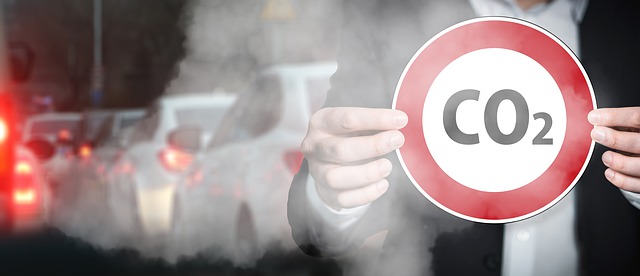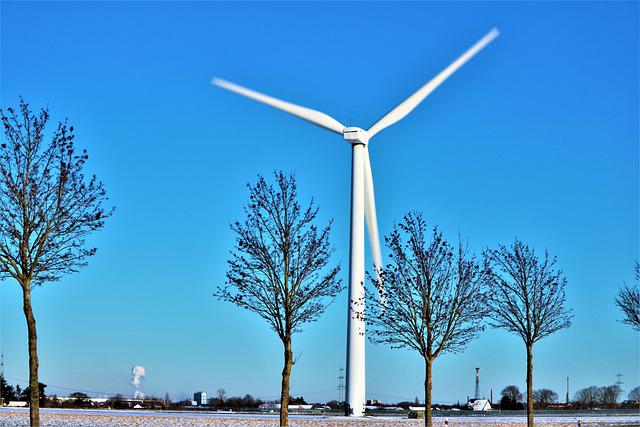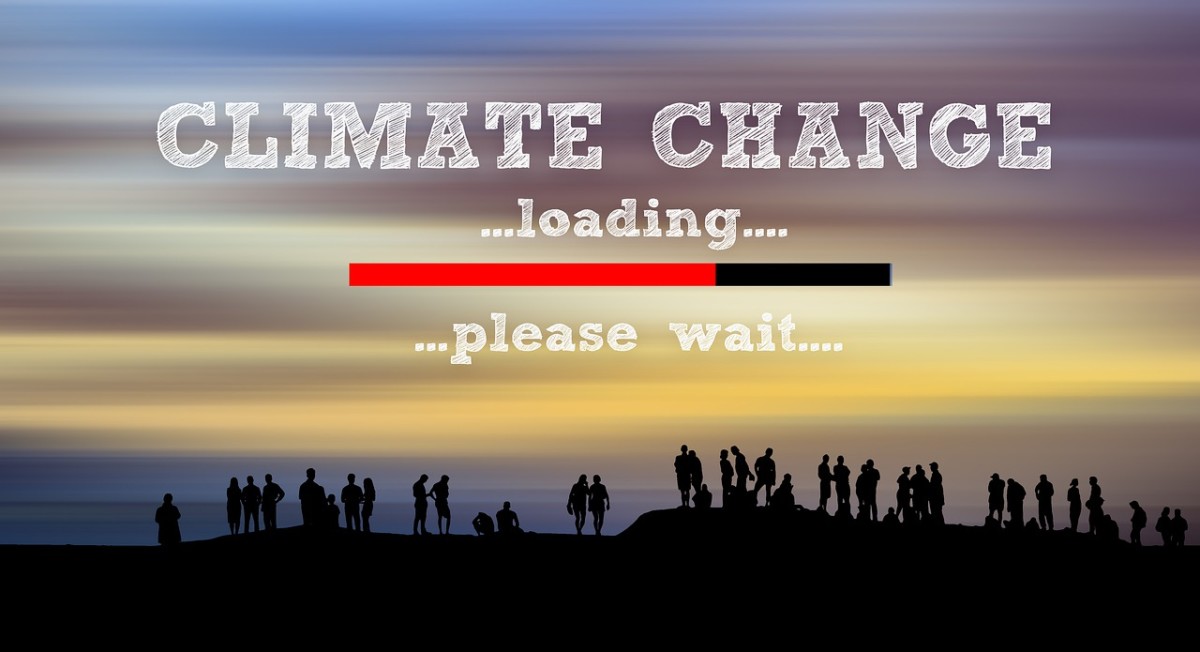Climate change is real. There is no debate about it in the scientific community. Though you don’t have to be a scientist to observe the effects we experience today.
The biggest signs are extreme weather events. Hurricanes and droughts are more common than ever before, and almost every summer is hotter than the last one.
Today, we’ll talk about what is climate change and what are its causes. We’ll look into the impact of climate change and possible solutions.
But first, let’s address the most important point of confusion.
Climate vs Weather
In 2015, US Senator Jim Inhofe brought a snowball onto the floor of the Senate. He used it as “proof” that climate change doesn’t exist. The world laughed.
However, should we be laughing? After all, some people don’t know the difference between weather and climate. This is the biggest reason why we can’t have a constructive conversation on this topic.
Weather refers to changes in temperatures and conditions in a smaller area over a short period. Climate refers to average temperatures and average conditions in a larger area over a long period.
To make it easier to understand, the climate is the theme of your local restaurant while the weather is the soup of the day.
If that makes things clearer, let’s move on to our topic.
What Is A Climate Change?
Climate change is a change in global or regional weather patterns. Today when we talk about climate change, we talk about the rising of the world’s average temperature and how it affects all the weather conditions and ecosystems across the globe.
It can happen naturally. For example, the Ice Age ended due to a slight change in the Earth’s orbit and tilt.
Natural changes take a long time to happen and are usually influenced by the Earth’s position in the Solar system.
We don’t need a large shift in the global average temperature for the world’s climate to change. For example, the last Ice Age was only 7 degrees Fahrenheit cooler than today’s average temps.
Experts project that we can’t allow the average temperature to rise by mere 3 degrees this time. Most project catastrophic changes in various ecosystems that could lead to mass extinctions.
Why Did We Say Global Warming Instead of Climate Change?
The term global warming describes only one aspect of climate change. It’s also very easy to misunderstand what changes we can expect.
We used to say global warming because we were mostly talking about the rise in the world’s average temperature. A rise of a couple of degrees can lead to severe droughts and heatwaves, as well as destructive floods.
The term came from Wallace Broecker, a geochemist from Columbia University. He was the first to start researching the human impact and oceans’ role in climate change.
Another term you may have heard is the El Nino effect. El Nino refers to the warm currents in the oceans, while La Nina is what we call the cold ones. Both have an impact on weather patterns all over the world.
Professor Broecker observed that when El Nino gets hotter, La Nina gets cooler. That’s why we have extreme weather behaviors that go both ways, i.e. scorching Summers, freezing Winters, and fewer days of Spring and Fall each year.
However, the term global warming led some people to think this means that winter will go away. That’s where we go back to our problem of people not understanding the difference between climate and weather.
So, scientists chose to “rebrand” the issue so it describes what’s at stake in clearer terms. You will still hear global warming used when someone wants to say the rise in the average temperature of the planet. But climate change both addresses that issue as well as its consequences.
What Are the Causes Of Climate Change?
Greenhouse gasses are the main cause of climate change. They absorb and emit radiant energy which causes the greenhouse effect. The greenhouse effect refers to the way heat is trapped closer to the Earth’s surface by the greenhouse gasses so it can’t escape back into space.
The gasses in question are water vapor, carbon dioxide, methane, nitrous oxide, and ozone. They’ve always existed in the atmosphere without causing climate change. Then, humans decided to start the industrial revolution.

The price for one of the most important moments in history was elevated amounts of carbon dioxide in the atmosphere. Combine that with our effort to kill off things that feed on carbon dioxide (forests and marine plants) and those numbers just keep on rising.
Methane is another gas that contributes to the greenhouse effect. It’s more potent than carbon dioxide, but it doesn’t stay long in the atmosphere. The current rise in methane mostly comes from livestock farming.
Nitrous oxide comes from other forms of agriculture. Though it’s not as potent as methane and carbon dioxide, it can linger in the atmosphere for decades.
Impact of Climate Change
Extreme Weather Conditions
We covered how climate change is making summers hotter and Winters colder. But that’s not all.
If you have felt like there are too many floods, hurricanes, and floods these days. You are not mistaken. There is a significant rise in these events in the past 20 years.
Not only that, but their intensity has gone up as well. We can expect to see it get worse in the near future.
Glaciers Melting
Glaciers melting will result in sea-level rise. This doesn’t only spell trouble for coastal regions, but for marine life as well. It also contributes to more frequent hurricanes and typhoons.
As of now, it’s estimated that we have already lost about 4-5% of glaciers. In the last 20 years, they were melting twice as fast as before.
Goodbye Coffee and Chocolate
Already many coffee and cacao growers are giving up this crop because of the rise in temperatures. Both need specific temperature ranges and conditions to thrive. However, the regions they come from are experiencing more droughts.
They are not the only food we may lose. Some, like almonds, we will have to give up because they both consume a lot of water and prefer to grow in regions where water is often a luxury. Others will disappear due to a lack of fertile land.
Social Price
One of the worst prices we will pay is the price of human life. And this is not only about the planet becoming unlivable, but how climate change is already creating humanitarian catastrophes all over the world.
We saw it for the first time happen in the 80s when a huge drought hit Africa. Suddenly, all of those countries became incapable of producing food. Most are still struggling as well.
In the Middle East, climate change led to different problems. Many people fled the village’s aster it became impossible to live off the land. They found themselves in cities where they couldn’t find jobs.
This created individuals who were the perfect targets for radicalization. If you know anything about world events from the past two decades, you know what became the result of that.
Another issue that may be closer to home is migrants. The same problem that led people in the Middle East to move to the cities causes South-American migrants to seek hope up north.
Displacement is a common problem when a catastrophe strikes. Humans will have less and less space to grow food and people will have to leave to literally seek greener pastures.
Can Climate Change Cause Mass Extinctions?
Climate is a vital part of each ecosystem. Ecosystems also consist of non-living and living parts. Living parts are flora and fauna, while non-living are rocks, soil, sand, water, etc.
In an ecosystem, everything exists in a perfect balance. Change one aspect, and it could collapse.
Ever wondered why is it so difficult to take your pets to Australia? They have one of the most unique wildlife in the world. The government practices strict biosecurity to protect it.
Remember the time Simpsons traveled Down Under? Bart wanted to bring in his pet bullfrog, but finds out it’s against the law. Bart then releases the frog into the wild. The frogs multiply and become an invasive species that eat all the crops. Probably start a chain reaction.
Let’s say that climate change leads to more droughts in one area. A long drought kills a plant that is a staple food of a herbivore. That herbivore is probably a staple food of a carnivore. Both species slowly lose their source of food and die out. Or they migrate into another area and change that ecosystem.
Or an even simpler example, sea levels rise enough for oceans to bleed into rivers. Then the saltwater kills all freshwater fish.
Can We Turn Back the Clock?
We can’t. At least not completely, and not with current technology.
There is a hypothetical deadline until which we have to do something. According to the Intergovernmental Panel on Climate Change (IPCC), we have to half global emissions by 2030 and be at net-zero by 2050. This is the only way to avoid climate catastrophe.
Still. many species of animals and plants will never come back. Some parts of the planet will permanently lose Spring and Fall. And even in the best-case scenario, Venice and many coastal cities will feel the impact.
However, there’s still hope.
The Solution to Climate Change
There’s one solution to climate change: carbon neutrality. Since elevated carbon emissions are the root of the problem, that’s where we need to strike.
The first thing we have to do is to limit emissions.
Did you know that the top 100 conglomerates in the world are responsible for 71% of global carbon emissions? You can make as many changes in your life as you want, but if they don’t make a few it won’t be enough.
Industries need to strive to be more eco-friendly and carbon-neutral. One of the best ways to do so is to rethink the distance between the customer and factories to cut down on long-haul shipping. Another is to switch to green sources of energy.

We may need a global energy infrastructure change. Homes switching to solar or wind power can save us up to 10% of emissions.
Some governments already offer incentives for homes and businesses that wish to go green. The combinations of tax breaks and legislation can nudge us in the right direction and help us meet our goals.
Finally, we need to prevent deforestation and plant more trees. Algae and marine microbes produce the majority of Earth’s oxygen. All that trash we are dumping in the ocean is killing them. We need to keep oceans and seas clean to allow them to recover.
What Can Regular People Do?
Vote with your wallet and vote at the ballot box. These are the most important things you can do to fight against climate change.
Support brands and political candidates that are committed to helping the world become carbon neutral.
Join movements like #TeamSeas or #TeamTrees. Your small contribution will help amazing things happen, like cleaning the ocean or planting millions of trees.
Making small lifestyle changes like eating less meat and not driving will help. However, it doesn’t add up as much as the previous two options.
You can calculate your carbon footprint or download one of the many apps available for both iOS and Android. They will all give you tips on how to change your lifestyle and live greener.
Final Thoughts
George Carlin once said, “The planet is fine! Compared to people, the planet is doing great.”
It’s true. Fighting climate change is not about saving the planet but preserving the environment for us and our children and grandchildren.
If you need more information, one of the best places to go is NASA Their page allows you to get all up-to-date info and access impactful media.
EPA.gov is also a great source of information, even though the site is not as colorful. And to check out what the world leaders plan to do to fix the issue, follow the UN’s climate change page.
Recent Posts
Understanding Energy and Electricity: The Power For Progress
Energy and Electricity Energy and electricity are integral components of modern life, powering everything from homes and businesses to transportation and communication. Without them, the...
The Future of Wind Energy The future of wind energy is set to play a critical role in addressing global energy needs while combating climate change. As renewable energy sources like wind and...


